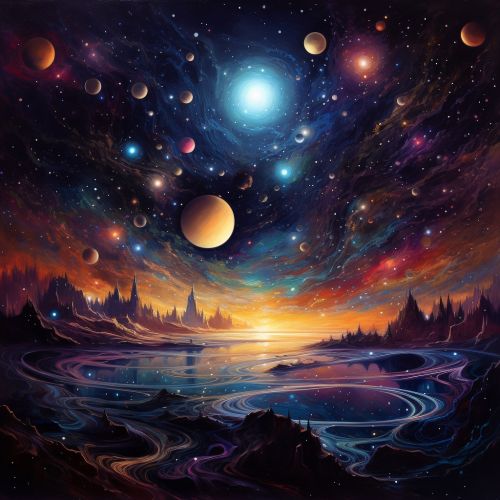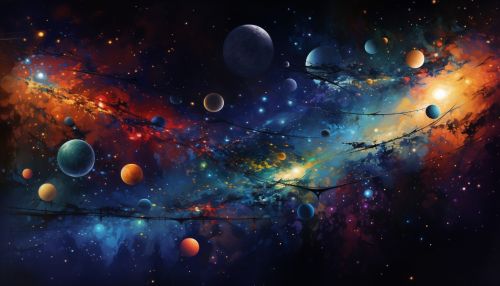Parallel Universe
Introduction
In the realm of quantum mechanics and theoretical physics, the concept of a parallel universe, also known as a multiverse, is a hypothetical group of multiple universes. These universes comprise everything that exists: the entirety of space, time, matter, energy, information, and the physical laws and constants that describe them. The different universes within the multiverse are called "parallel" or "alternate" universes.


Concept
The concept of a parallel universe has been used in several contexts, diverging from recognized physical principles. These include quantum mechanical phenomena, such as the quantum superposition and quantum entanglement, where objects can exist in multiple states simultaneously, thus leading to the possibility of parallel universes.
History
The idea of parallel universes has been proposed by scientists and philosophers for centuries, but it gained scientific credibility in the 20th century with the advent of quantum mechanics and its various interpretations, such as the Many-Worlds Interpretation.
Quantum Mechanics and Parallel Universes
Quantum mechanics, the theory that describes the smallest particles and forces in the universe, provides a natural description of the multiverse. The quantum property of superposition allows particles to exist in all their possible states at once. This is best demonstrated by the Schrödinger's cat thought experiment, where a cat in a box could be both alive and dead at the same time, according to quantum law.
Theoretical Physics and Parallel Universes
In theoretical physics, the idea of a multiverse is postulated from the theory of cosmic inflation, a variant of the Big Bang theory. According to this theory, the observable universe is just one of an infinite number of universes which had their own big bangs at different times. These universes are sometimes called "bubble" or "pocket" universes.
Many-Worlds Interpretation
The Many-Worlds Interpretation (MWI) of quantum mechanics holds that there are many universes that exist in parallel at the same space and time as our own. The existence of the other universes makes it possible to remove randomness and action at a distance from quantum theory and thus from all physics.
Criticisms and Controversies
The concept of parallel universes has been criticized for being more of a fantastical hypothesis than a useful theoretical framework. Some scientists argue that the multiverse is not a legitimate target of scientific inquiry because it cannot be empirically tested or falsified.
